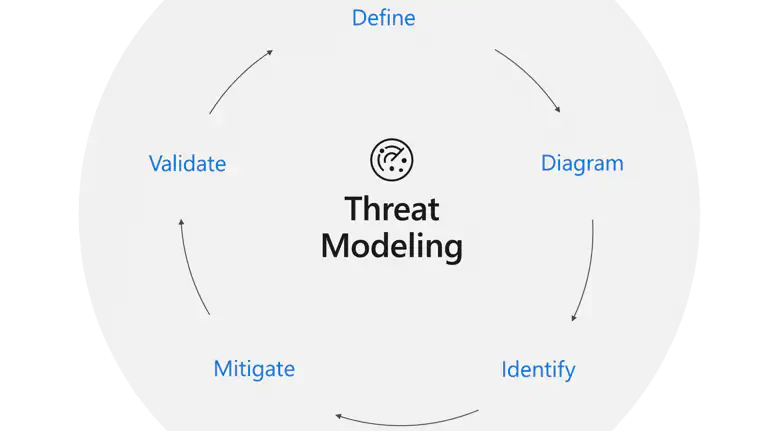Potential dangers, such as holes in security or a lack of protections, may be cataloged and prioritized via a methodical process called threat modeling. The goal of threat modeling is to provide defenders and the security team with an assessment of the kind and level of security measures needed in light of the state of the organization’s information systems and the nature, frequency, and impact of potential assaults.
Collaborating with Security Architects, Security Operations, Network Defenders, the Security Operations Center (SOC), and the Threat Intelligence team is essential for the threat modeling process.
Critical Role of Threat Modeling
The goal of any threat intelligence program is to assure accurate recording and reporting, and threat modeling is a key tool for threat intelligence analysts in doing just that. Protecting IT assets from danger requires a concerted effort from the security defense and the security operations team, both of which may benefit from a thorough threat intelligence report.
A few pluses of threat modeling
- Consensus on the design
All stakeholders sit down together to examine the blueprints for the system. Disagreements about the way something (should) be done are readily brought up and resolved. When comparing people’s understandings of fundamental system operations, we typically find wide discrepancies. To that end, Threat Modeling and this may be simply matched up.
- Integrity of perception
The Threat Model is a top-down analysis of the security infrastructure. The level of detail in the analysis may be adjusted accordingly. The full system and its interconnections may be grasped using this top-down method.
- Vision for shared security
Threat Modeling creates consensus on how to address security, as opposed to just pointing out issues like a penetration test would. It ensures that your system’s security is consistent with the policy of your business.
- Preventing Errors
We take it as read that you are using Threat Modeling in your design process. When Threat Modeling is used in your design process early on, Threat Modeling may reveal potential security holes. Issue prevention is more cost effective compared to problem resolution.
- Reducing Danger
In addition to finding vulnerabilities, Threat Modeling may be used to estimate potential danger. This allows you to manage system risk in accordance with the organization’s rules and set priorities for mitigations.
- Planning for development
When the potential for harm is quantified, it becomes simpler to choose which development efforts should be prioritized. The planning of your system’s evolution now includes consideration of risk.
Conclusion
As a result, threat modeling is most beneficial when carried out regularly and consistently. When threat modeling is carried out consistently throughout an organization, safe architectural patterns emerge that may be recorded and used by security and development teams.


